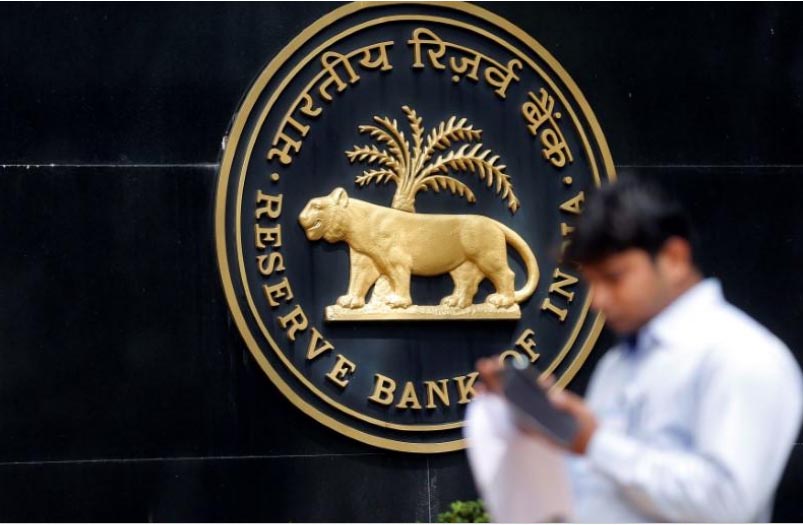Reserve Bank of India unlikely to swap banned Indian notes lying in Nepal
Kathmandu, September 4
The Indian central bank seems to have tried to close the chapter of demonetised Indian banknotes circulated in Nepal without providing exchange facility, as the Reserve Bank of India’s annual report for 2017-18 released on August 29 has stated that 99.3 per cent of the scrapped notes has been returned to the formal banking system.
At the same time, it has removed the portion of last year’s report, which had clearly mentioned that the banned high denomination Indian banknotes circulated in Nepal and Bhutan had not been returned to the formal banking system.
Though not a legal tender, Indian currency is widely used in Nepal. At the time of demonetisation, travellers could legally carry up to INR 25,000 in 500- and 1,000-rupee notes, which were allowed as per India’s Foreign Exchange Management Act.
Immediately after the Indian government announced the demonetisation drive on November 8, 2016, Nepal Rastra Bank had banned the use of high denomination Indian banknotes, that is, INR 500 and INR 1,000, in Nepal and corresponded with the RBI for the exchange facility.
According to the central bank, it has INR 36 million in the now-banned Indian banknotes and financial institutions have INR 34 million in their possession.
During the initial dialogue, the government of India had hinted at providing exchange facility of such banned notes held by NRB, financial institutions and citizens of Nepal.
Further raising hopes, a delegation led by erstwhile executive director of RBI Deepali Pant Joshi, had come to Kathmandu to discuss the exchange facility with Nepali authorities in the last week of March 2017. They had proposed providing exchange facility of up to INR 4,500 in possession of Nepalis per person, along with around INR 70 million held by NRB and financial institutions.
While the team returned promising to follow up on the issue after reporting to the Indian finance ministry, there was no further communication from the Indian side, according to Bhisma Raj Dhungana, executive director, who looks into foreign exchange management department of NRB. “We are still hoping that the Indian officials will keep their word and provide the promised exchange facility, but the latest development says otherwise.”
Reportedly, Nepali prime ministers have informally raised the issue during their meetings with Indian Prime Minister Narendra Modi at different times after demonetisation. However, it was never included in the primary agenda of government-to-government talks.
It is believed that Nepal has around INR 100 million in demonetised Indian banknotes — with the central bank, financial institutions and the public.
In its recent report, The Telegraph reported that India’s economic affairs secretary spoke of a very slim chance of the demonetised Indian currency circulated outside the country getting exchange facility. “There is very little chance that we will accept those Indian notes lying in Bhutan or Nepal,” The Telegraph’s report quoted Economic Affairs Secretary Subhash Chandra Garg as saying.






